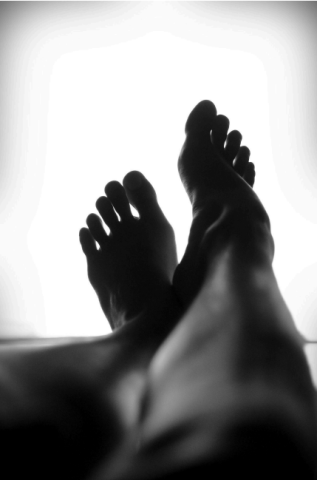
What is Edema, and what causes swelling during pregnancy?
During pregnancy, extra water and salt retention is one of the most common complaints and symptoms that occur during pregnancy– this is called edema. Edema happens as a result of a few different changes that occur in pregnancy: the growth of the baby as they put greater pressure on one of the major blood vessels of the body called the vena cava which is located in the abdomen; hormonal changes that happen during pregnancy such as changes in progesterone, estrogen HCG (human chorionic gonadotropin), and prolactin which can cause increased swelling in the body; increased blood volume (by up to 50% more in pregnancy). Additionally, varicose veins may occur in up to 60% of females, with an increased risk depending on increased age and increased number of pregnancies.1 Edema can cause stiffness in joints, heaviness, and a sensation of warmth in the area that is swollen.
Our lymphatic system is responsible for filtering and balancing the balance of water, salt, proteins, and filters out cellular debris and toxins, bacteria, and pollutants in our body. When our circulatory system gets overloaded with fluids, the lymphatic system is in charge of helping to manage that extra fluid. If the lymphatic system also gets overloaded with water and salt such as in pregnancy, then swelling called edema develops. It is therefore helpful to use compression and manual lymphatic drainage techniques to help manage edema during pregnancy.1, 2
What are some things that can help with pregnancy-related edema/ swelling?
Manualk, wearing compression garments during the day, and elevation of the legs are three key ways to help manage swelling during pregnancy.
Manual Lymphatic drainage is a specific type of manual treatment that stimulates the lymphatic system to function more efficiently. Manual lymphatic drainage techniques help activate the lymphatic system to handle the excess fluid that has accumulated in the body and send that fluid to your lymph nodes which are located at several key points in your body. The major lymph nodes that are targeted with manual lymphatic drainage are the cervical (neck/upper shoulder) lymph nodes, axillary lymph nodes (near the crease of the arm pit), and the inguinal lymph nodes (near the front of the hips where the thigh and hip meet). Manual lymphatic drainage also has a very relaxing effect on the nervous system, in addition to relieving pain that can be associated with the swelling. Manual lymphatic drainage is performed by either a physical therapist or massage therapist who is certified in manual lymphatic drainage.1, The different hand strokes used are very gentle, and should not be painful.
At Femina PT, we have three certified lymphedema therapists (CLT) who are trained in Manual Lymphatic Drainage (MLD) to help support our patients with edema.
Compression garments are another essential tool for managing any swelling of the legs or pelvis during pregnancy, especially if you have a job that is active or you are standing for longer periods of time. These can be purchased online or at a medical supply store, over the counter. Over the counter compression garments have a compression rating of 20-30 mm HG (level 1 compression). They should be worn during the daytime to counteract the effects of gravity on the circulatory system during standing, walking, and sitting. Compression socks can relieve swelling of the legs and feet, and reduce fatigue and heaviness in the legs, especially toward the end of your day! When shopping for compression socks, you need to make sure they fit appropriately and also include compression of the toes. Reputable, high quality compression sock brands are: Juzo, Jobst, and Medi. When deciding the proper size to order, get some measuring tape, and follow the measurement guide provided by the compression garment company. Each company may measure slightly differently, but they all have measuring guides available online.
Elevation of your legs after a long day on your feet is another great way of managing any extra swelling in the legs too! And rest assured that most edema resolves after delivery within about 1 week as your kidneys start to filter out all that extra fluid in the body.
Still looking for more help with swelling during pregnancy? Go here to make an appointment with one of our licensed physical therapists.
Sources:
- Cataldo Oportus S, de Paiva Rodrigues L, Pereira de Godoy JM, Guerreiro Godoy Mde F. Lymph drainage in pregnant women. Nurs Res Pract. 2013;2013:364582. doi:10.1155/2013/364582).
- Bamigboye AA, Smyth R. Interventions for varicose veins and leg oedema in pregnancy. Cochrane Database of Systematic Reviews. 2007;(1)CD001066
